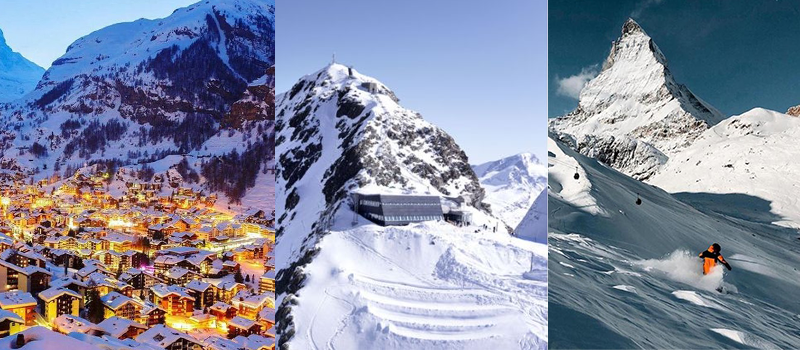
Sustainability is, without a doubt, a topic that has gained a lot of popularity in the last couple of decades. Nowadays people care about things like the carbon print they leave, the source where the energy they use is coming from, and how are the soil, the forests, and the wildlife impacted by the products they are consuming.
These concerns are now visible in small things, even details, that appear within everybody’s day to day life. Lots of stuff people face along a normal day are judged by environmental criteria, and every day there are more people who want to do the “right thing”.
And behaviors are changing, evolving.
In fact, according to a study made by the Nielsen Company, 73% of global consumers are willing to change their behaviors to have less impact on the environment, and 41% are willing to pay more to meet that goal. In the retail industry, environmentally friendly products have seen growth in otherwise declining categories.
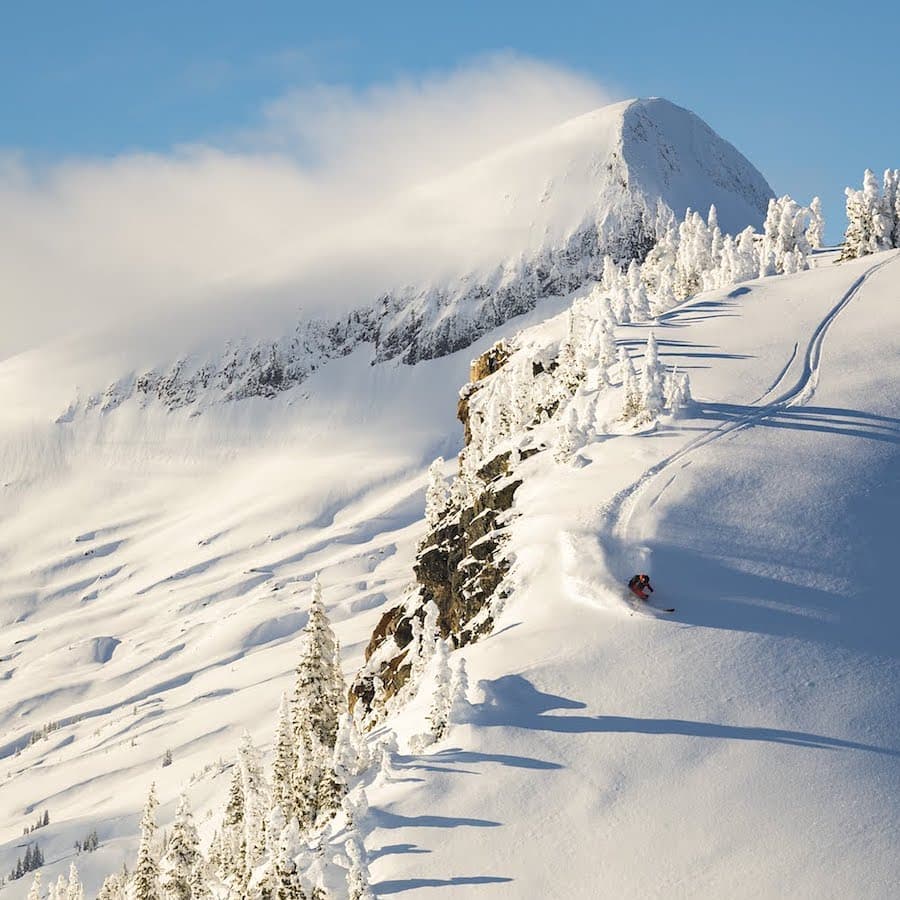
The thing is, no matter if people like it or not, the sustainability era is coming, and it looks as if it is going to be a huge social and economic driver in the future. Some people might believe it has no justification or that it is not relevant, others might believe there isn’t a difference, even some might believe there is no need for it at all.
It doesn’t matter, it is coming and is taking a big role in the world. Something like The Internet during the ’90s, or the bitcoin when it just started.
This trend affects many areas like commerce, retail, transportation, manufacture, food, travel, and tourism. Of course, skiing is changing as well. The mountain industry is evolving every year with more sustainable resorts and practices. Most innovations in this field are related to sustainability; Electric PistenBully, A-Basin’s goal to be carbon neutral by 2025, Salomon’s new running shoe to ski shoe technology, among many others.
A good case of study is the ski resort Zermatt, who has already been in this game for almost 20 years.
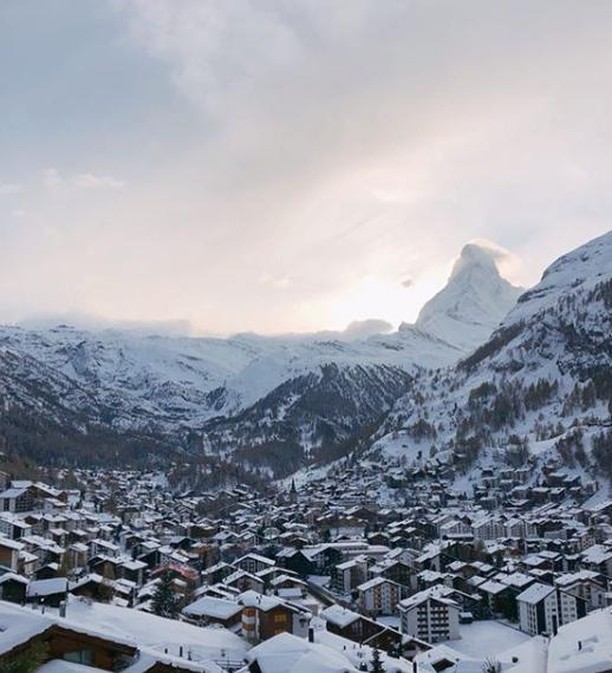
Zermatt is a town in the district of Visp, Switzerland. It is located at 1,620 meters of elevation, in the valley of Matter, at the foot of Switzerland’s highest peaks. It is famous for its ski resorts and mountaineering activity, which can be traced back to the late 1800 and early 1900.
During the year 2002, a group of environmental and planning agencies working in Zermatt created an overall concept entitled “Zermatt: A Sustainable Ski Resort”. As a result, several practical measures were introduced, like the systematic monitoring of construction work for environmental impact, the ongoing repair of environmental damage caused in the past, advice on all environmental issues, and the production of environmental reports. Since then, Zermatt Bergbahnnen has invested up to 1 million Swiss francs (a bit more than 1 million USD) per year in environmental projects and has been in the vanguard of Swiss cable car companies with its unique environmental management system.
The ski resort and cable car complex have 3 photovoltaic systems hiding in plain sight on some stations, and in a restaurant up in the mountain. Altogether they generate more than 210.000 kWh a year and save more than 23.4 tonnes of CO2. That equals the power used by more than 40 households.
Their snowmaking machines use a different process called “eco speed” which, despite using diesel, generates 11% less carbon monoxide. This cost them around 40,000 Swiss francs more than regular snowmaking would. Areas of the mountain are saved as sanctuaries to avoid the disturbance of animals. This means that nobody can get in those areas and if they do they can get sanctioned by law.
As another interesting fact, Zermatt is car-free. There’s no possibility to go into the town in your car, especially if it uses oil. As an alternative, electric transportation is the standard. This also gives local people more possibilities to create, offer and live with tourism-related businesses.
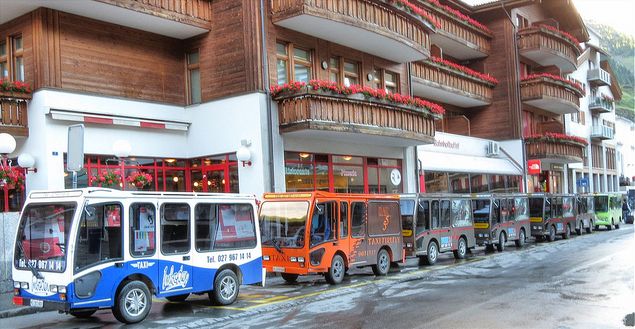
The result of all this is clean air and little contamination. The mountain and the snow look good and last longer. Thanks to this the town has held the environmentally-friendly “Energiestadt” label since 2016.
Another point of view, which could also be the product of the sustainable signature, is the crazy amount of tourists that it attracts. Zermatt can go from having 6 thousand people to 35 or 40 thousand in just a couple of days. Mass daytime tourism is a growing concern in the area, many times it is hard to handle. There are just too many people who want to go there, it is too popular.
Related: Thredbo, Australia Goes Green: Sustainability in the Ski Industry
Regarding that last point an interesting question would be, what role does the environmentally friendly side of Zermatt play on its huge popularity? Is sustainability attracting people that, if it weren’t for the sustainable system, would go to other places or mountain resorts? Is sustainability a reason why Zermatt sells so good?
I like to believe that a sustainable way of operating and keeping a mountain resort creates a community, a system and a culture that happens to be very attractive for people.
People don’t visit Zermatt to see the photovoltaic plant, the special snowmaking or the electric buses, they go because they like the product that those measures have created. People like a town that has evolved into sustainability, not just sustainability as it is. The brand “Zermatt”, which has some bases on the sustainable concept, is popular.
Like the study that said 73% of global consumers are willing to change their behaviors and 41% are willing to pay more to support environment-friendly products, people here are attracted and willing to pay more for “Zermatt”, the product of sustainability.
If that is the case, and sustainability is, in fact, a driver on people’s minds when choosing where to go for holidays, then I would say that is the best strategy to follow. Everybody gets something good, the planet, the town, and the people visiting.
That would definitely encourage businesses in the ski industry to start going green.

However, its popularity is sometimes something difficult to deal with. With such a high demand for accommodation, business opportunities are always around the corner. Big businessmen and capitalists usually want to build more and get more money, and they don’t see the impact on the town’s people, culture and sustainability efforts.
Christoph Bürgin, Zermatt’s mayor said “The more we attract the people, the more the challenge is to keep it clean and untouched. For me, this is kind of like sitting on a branch and sawing on that branch, and we don’t know when it’s going to crack.”
It would be interesting to do formal research on how sustainability helps to attract people to touristic destinations.
Wherever you are you can help to take care of your environment. You might not make massive action every day as some towns and ski resorts do, but you can definitely do consistent action.
Written by Michael Muchacho.




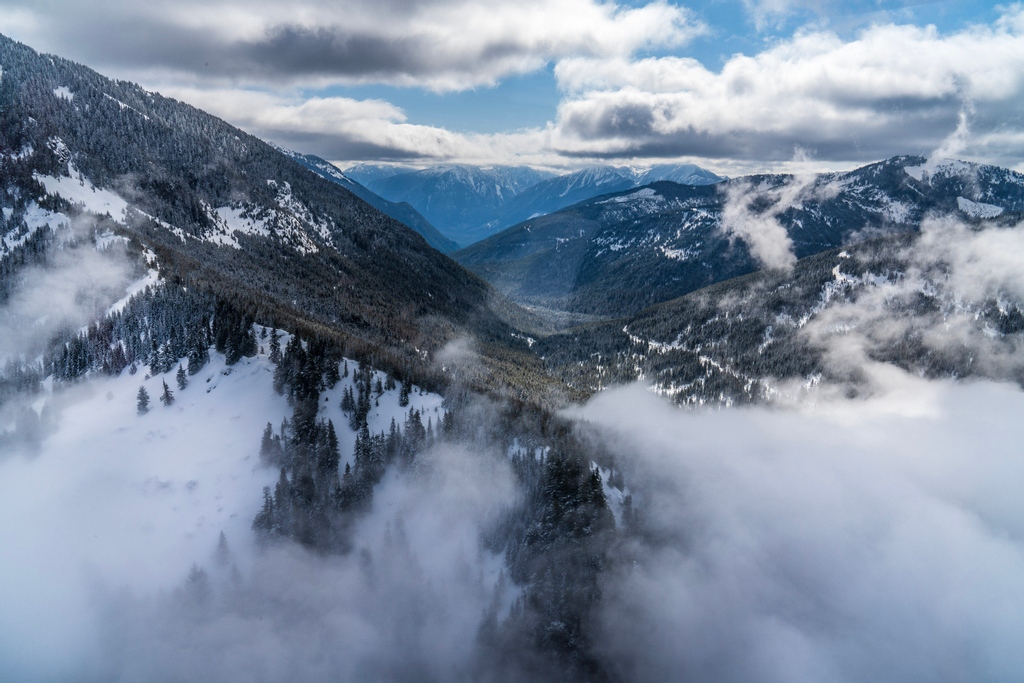
The article of Michael Muchacho is really good . Very interesting to see that sustainability can be applied in various themes and even in sports that are very invasive. Also noteworthy is Mr. Muchacho’s ability to give context and to understand the global nature of the issue.
<3